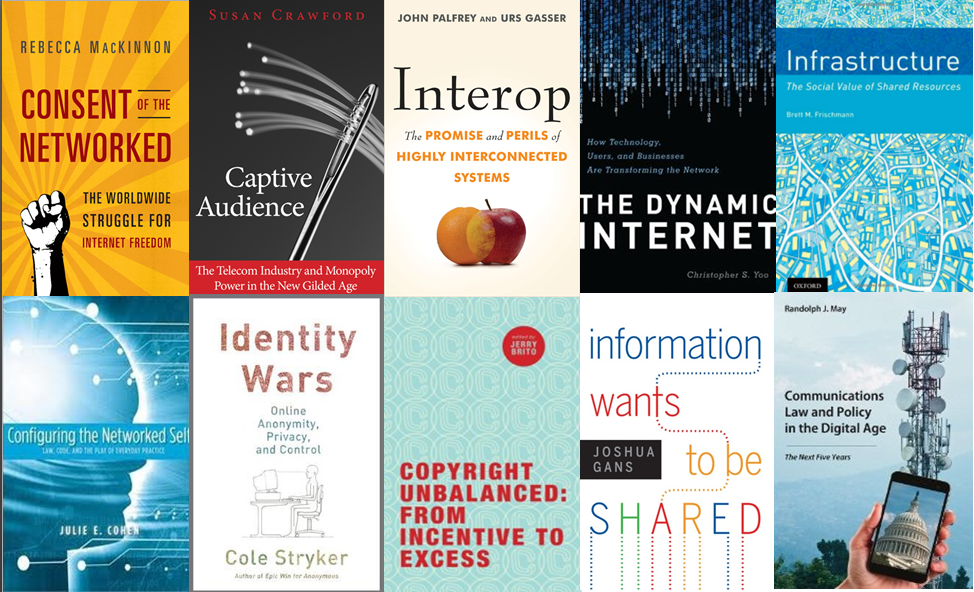Last week the D.C. Circuit Court of Appeals ruled that the Federal Communications Commission cannot impose net neutrality rules on broadband providers under its “ancillary jurisdiction” under the Communications Act. If it wants to impose net neutrality, the FCC must first reverse previous decisions and reclassify broadband as a “Title II” common carrier.
Whoa! The previous two sentences prove that this economist has been spending way too much time around telecom lawyers.
In almost-plain English, the court decision means the FCC cannot impose net neutrality regulations unless it publicly changes its five-headed mind and decides that broadband is much like an old-fashioned telephone monopoly and should be regulated much the same way.
A lot of regulatory economists pretty much gag at this idea, or worse. Non-economists wonder what triggers this visceral reaction.
Let me explain. As the recipient of 8 years of excellent Jesuit education, of course I have three reasons.
First, anyone who follows the scholarly literature on economic regulation generally knows that this form of regulation has a pretty checkered track record. In a wide variety of industries, economic regulation has increased prices, inflated costs, stunted innovation, and/or created shortages. In addition, because this regulation transfers enormous amounts of wealth — $75 billion annually in the case of federal telecommunications regulation — it creates enormous incentives for firms to lobby and litigate to bend the rules in their favor. While big corporations may feel they benefit from these expenditures, from a society-wide perspective the fight over wealth transfers is pure waste because it rarely produces anything of value for consumers.
Utility regulation works best in relatively stangant industries where a company makes a big capital investment, pays a few employees to run it, and doesn’t need to innovate much. In those kinds of situations, it’s easier for regulators and other outsiders to determine costs, set some rates that let the utility earn a reasonable rate of return, and keep the regulated company from gaming the system too much. If you think this describes broadband, well, good luck. A local water utility is probably the best example.
Second, anyone knowledgeable about the economic theory underlying utility regulation (which includes most economists who specialize in the area, and some lawyers) understands that regulation is supposed to be a last resort for “natural monopoly” industries where it’s cheaper to have one firm serve the entire market. A monopolist protected from competition could increase prices, degrade service, or do other things that increase its profits while harming consumers; economic regulation seeks to prevent those behaviors. But if competition is possible, competition is preferable.
When phone, cable, wireless, and satellite companies bombard us continually with solicitations to switch to their broadband services, and I can see multiple wires running down the street outside my house when I go up on the roof to adjust the satellite dish, it’s pretty darn obvious that broadband is NOT a natural monopoly, even if competition isn’t “perfect.” Therefore, broadband lacks a key prerequisite for public utility regulation to possibly increase consumer welfare. Indeed, the most anti-consumer results of economic regulation have occurred when government created monopolies, cartels and/or shortages by imposing this regulation on industries where competition is possible, such as cable TV, trucking, railroads, airlines, oil, and natural gas.
Third, recent economic studies find that the FCC’s decision to classify cable, DSL, and fiber broadband as a less-heavily-regulated “information service” generated a tsunami of investment and spurred competition. See, for example, this study by my GMU colleagues Thomas Hazlett and Anil Caliskan. Some more cites are available on pp. 17-18 of this comment to the FCC. If you don’t believe economic studies, just keep in mind that the aggressive marketing of dirt-cheap entry-level DSL tracks pretty closely with the FCC’s decision that DSL is an information service not subject to Title II regulation. Coincidence?
So, please excuse those of us regulatory economists who vomit when the subject of Title II comes up. If you check out the links above, perhaps the reaction will be more understandable.
I have not addressed the question of whether it’s realistic to think that reclassification of broadband under Title II could be a workable mechanism to impose just a limited, targeted, surgical, light-handed, smart, data-driven, evidence-based, transparent, transformative, sustainable, green, hybrid, itsy bitsy teenie weeny yellow polka-dot bikini smidgen of net neutrality regulation to prevent only certain forms of anti-consumer discrimination, without imposing the customary broad panpoly of public utility price and service regulation. Whether that’s possible in theory, or likely in real-world political practice, is a different issue for a different day. (Whether the other name for that kind of regulation is “antitrust” is also a different issue for a different day.) For the moment, I just wanted to provide some context on the broader Title II issue.
And now I’ll go clean off my shoes.


 The Technology Liberation Front is the tech policy blog dedicated to keeping politicians' hands off the 'net and everything else related to technology.
The Technology Liberation Front is the tech policy blog dedicated to keeping politicians' hands off the 'net and everything else related to technology.